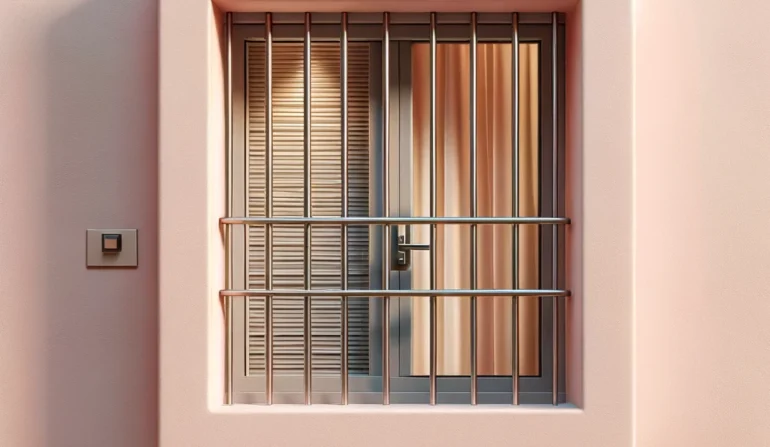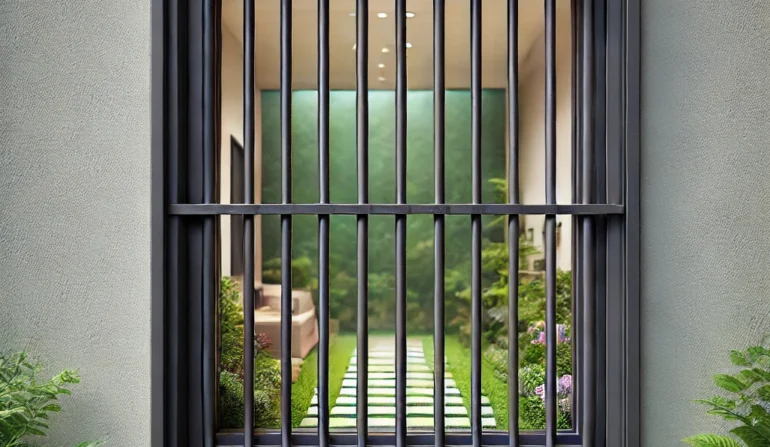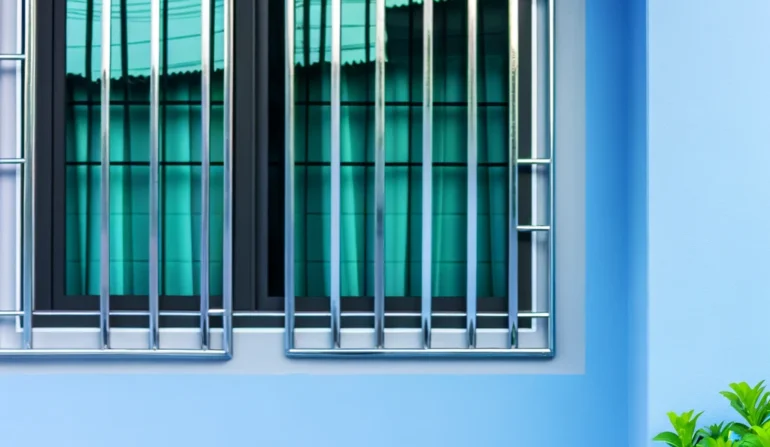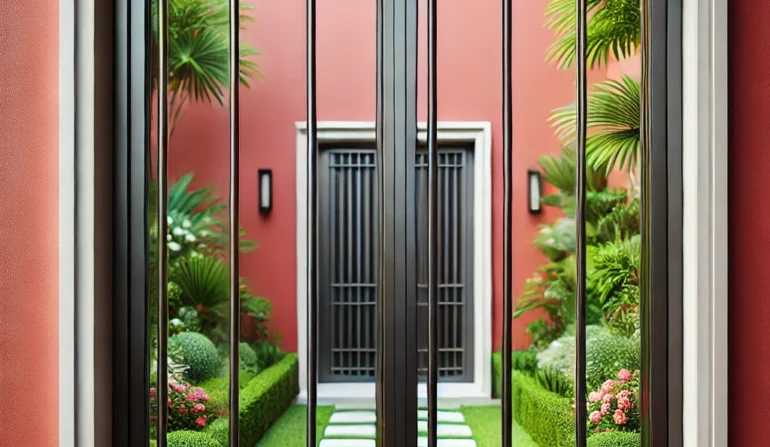Windows are an essential part of any building, providing natural light, ventilation, and a connection to the outdoors. Among the many components that make a window functional, one often-overlooked but crucial part is the window pivot bar. In this detailed guide, we will delve into the world of window pivot bars, exploring their significance, various types, installation procedures, and more. By the end of this article, you’ll have a comprehensive understanding of these unsung heroes of the window world.
What Are They?
Are small but significant components found in double-hung windows, sliding windows, and other types of windows. They play a pivotal role in the operation of these windows (pun intended). These bars are typically made of metal or durable plastic and are located at the bottom of the sashes. Their primary function is to facilitate the smooth opening and closing of the window sashes.

Why Are Window Pivot Bars Important?
Window pivot bars might seem inconspicuous, but they are essential for several reasons:
- Smooth Operation: Pivot bars ensure that the window sashes move up and down effortlessly. This ease of operation is crucial for the comfort of occupants.
- Security: Properly functioning pivot bars help keep the window securely closed, enhancing the security of your home or office.
- Energy Efficiency: Well-maintained pivot bars ensure a tight seal when the window is closed, preventing drafts and contributing to energy efficiency.
- Longevity: These components are built to last, which means fewer repairs and replacements over time.
Now that we understand their importance, let’s explore the different types of window pivot bars.

Types of Window Pivot Bars
- Sash Pivot Bars: Found in double-hung windows, these pivot bars allow the lower sash to pivot or tilt for easy cleaning and maintenance.
- Channel Pivot Bars: Common in sliding windows, channel pivot bars help guide the sash along the track for smooth sliding.
- Block-and-Tackle Pivot Bars: These are often used in older double-hung windows and are responsible for the counterbalancing mechanism.
- Constant Force Pivot Bars: A modern innovation, constant force pivot bars use a coil spring to assist in window operation.

Installation of Window Pivot Bars
Installing window pivot bars can be a DIY project for those with some handyman skills. However, it’s essential to follow the manufacturer’s instructions carefully. Here’s a general overview of the installation process:
- Gather Tools: You’ll need a screwdriver, measuring tape, and safety goggles.
- Remove the Sash: Take out the window sash from the frame and place it on a stable surface.
- Remove Old Pivot Bars: If replacing existing pivot bars, carefully detach them from the sash.
- Measure and Align: Measure the sash to ensure the new pivot bars are correctly positioned. Align them with precision.
- Secure the Pivot Bars: Use screws or fasteners to secure the new pivot bars in place. Be sure they are tightly fixed to ensure smooth operation.
- Reassemble: Place the sash back into the window frame, making sure it operates smoothly.
- Test the Window: Open and close the window several times to ensure the pivot bars are functioning correctly.

How do I know if my window pivot bars need replacement?
If your window is difficult to open or close, or if you notice visible damage to the pivot bars, it’s a good indication that they need replacement.
Can I use any pivot bars for my window?
It’s essential to use pivot bars that are compatible with your window type and brand. Check with the manufacturer or consult a professional for guidance.
Are window pivot bars easy to find?
Yes, window pivot bars are readily available at most hardware stores and online retailers. Just be sure to choose the right type and size for your window.
Do I need to lubricate my window pivot bars?
Lubricating pivot bars can help maintain smooth operation. Use a silicone-based lubricant for best results.
Can I replace window pivot bars in old windows?
Yes, you can replace pivot bars in older windows to improve their functionality and energy efficiency.
Are constant force pivot bars worth the investment?
Constant force pivot bars are a great choice for modernizing your windows, as they offer improved ease of use and energy efficiency.

Window pivot bars may be small components, but their role in ensuring the smooth operation, security, and energy efficiency of your windows cannot be understated. By understanding their importance, types, and installation process, you can make informed decisions about maintaining and upgrading your windows. Keep these insights in mind to enjoy the benefits of well-functioning window pivot bars in your home or office.











